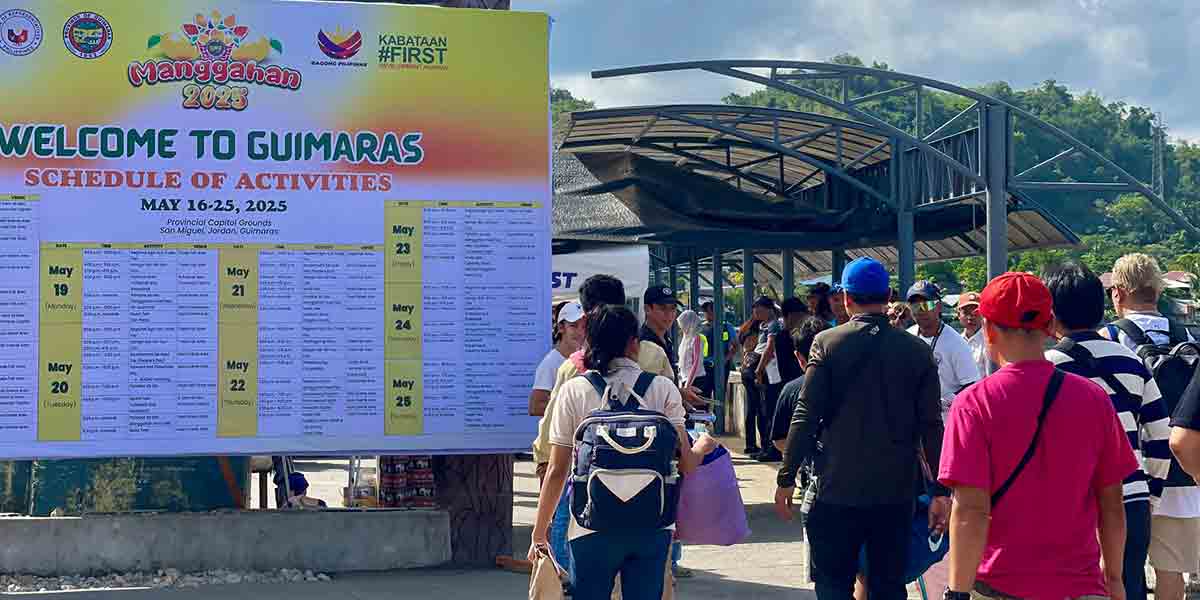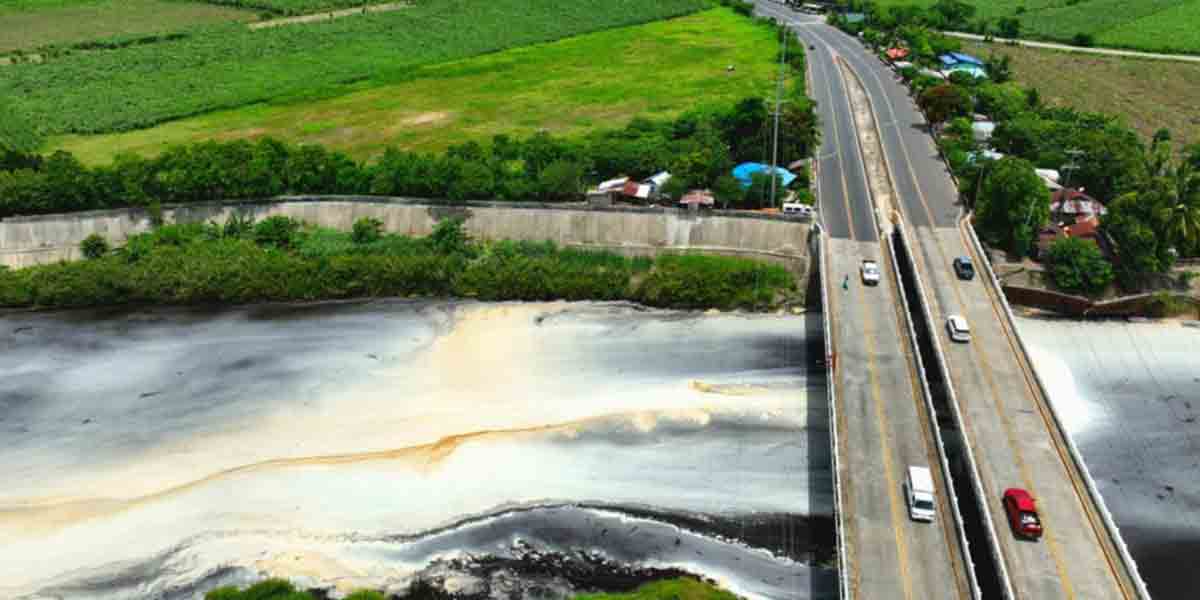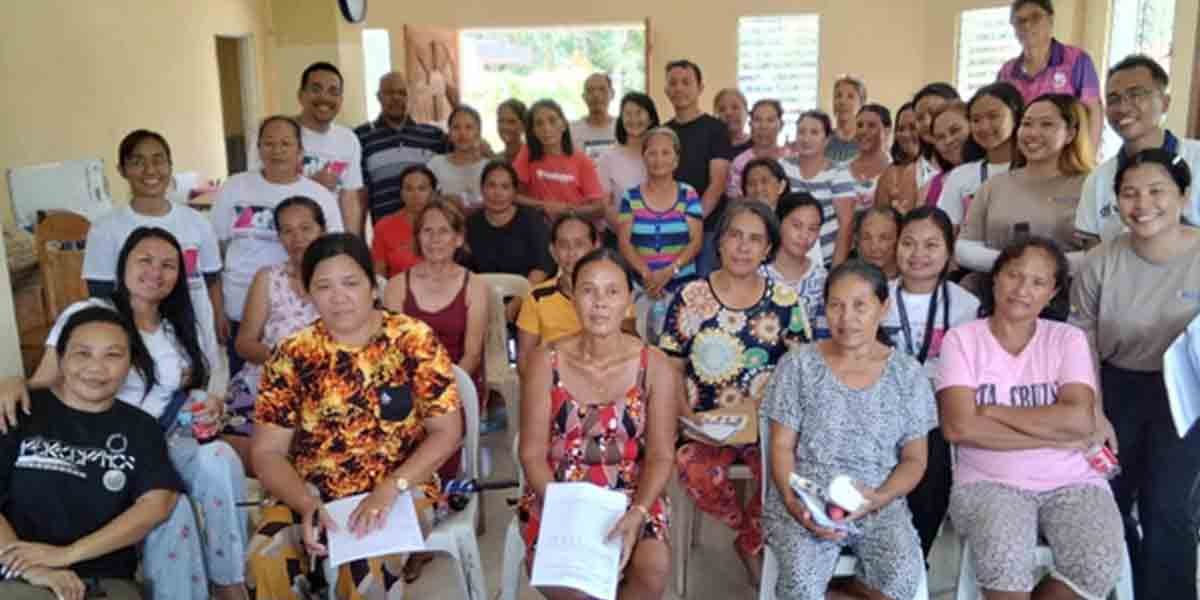Iloilo’s agriculture and fisheries sectors, once the robust backbone of the province’s economy, are now facing a critical downturn.
The recent economic data reveal a troubling trend: while there have been record harvests in palay, the overall agricultural productivity is marred by declining outputs in sugarcane and a dramatic collapse in the fisheries industry.
In 2023, Iloilo’s agricultural sector experienced a record year for palay harvests. However, this positive outcome is overshadowed by persistent declines in other key crops. The output of sugarcane, a significant cash crop, has been in decline for three consecutive years, raising alarms about the sustainability of this sector. Despite slight improvements in the production of corn, bananas, and coconuts, the overall agricultural landscape in Iloilo remains fragile.
The allocation of land further highlights the disparity. With 83% of Iloilo’s arable land planted with crops, the distribution among various crops is uneven, with palay dominating at 74.6%, while other crops such as corn, sugarcane, bananas, and coconuts share the remaining portions. This heavy reliance on a few crops can be risky, especially in the face of climate change and market fluctuations.
The fisheries industry, which once thrived alongside agriculture, has seen a steep decline. From a peak production of 175 thousand metric tons in 1987, the output has plummeted to just 36 thousand metric tons in 2023. This collapse not only impacts those directly employed in the industry but also affects the broader economic ecosystem, including tourism and food security.
The decline in agriculture and fisheries has far-reaching consequences. For one, Iloilo’s tourism industry, which prides itself on offering local and endemic food experiences, faces the risk of reduced food choices and increased prices. Tourists and locals alike may find themselves paying more for a limited variety of food, undermining Iloilo’s reputation as a culinary destination.
Food security is another critical concern. A weak agricultural base means Iloilo becomes increasingly dependent on food imports, making it vulnerable to global supply chain disruptions and price hikes. This dependency can lead to higher costs for households and strain the local economy.
To address the weakening agriculture and fisheries sectors, a multifaceted approach is necessary:
Diversification of Crops: Reducing the dependency on a few crops by promoting the cultivation of a wider variety of crops can help stabilize the agricultural sector. Incentives for farmers to grow alternative crops and invest in modern farming techniques can enhance productivity and resilience.
Investment in Fisheries: Revitalizing the fisheries sector requires substantial investment in sustainable fishing practices, aquaculture, and post-harvest facilities. Training programs for fisherfolk on sustainable methods and the establishment of marine protected areas can help replenish fish stocks.
Value-Added Agriculture: Moving beyond raw agricultural products to value-added goods can significantly boost income for farmers. Establishing food processing facilities and promoting agro-industrial enterprises can create jobs and enhance economic stability.
Infrastructure Development: Investing in rural infrastructure, such as irrigation systems, storage facilities, and transportation networks, can improve agricultural efficiency and reduce post-harvest losses.
Research and Development: Collaborating with academic institutions and research bodies to develop and disseminate new agricultural technologies and practices can lead to higher yields and better crop management.
Policy Support: The local government should implement policies that support agricultural and fisheries sectors, such as subsidies for inputs, access to credit, and market support mechanisms.
The future of Iloilo’s economy and its ability to ensure food security and attract tourists significantly depend on the revitalization of its agriculture and fisheries sectors. By adopting a comprehensive and strategic approach, Iloilo can overcome its current challenges, ensuring a sustainable and prosperous future for its residents and maintaining its status as a prime destination in Western Visayas.
Immediate and sustained action is necessary to reverse the decline and harness the full potential of Iloilo’s natural resources. This will not only stabilize the local economy but also enhance the quality of life for its citizens, making Iloilo a model of sustainable development in the region.






















